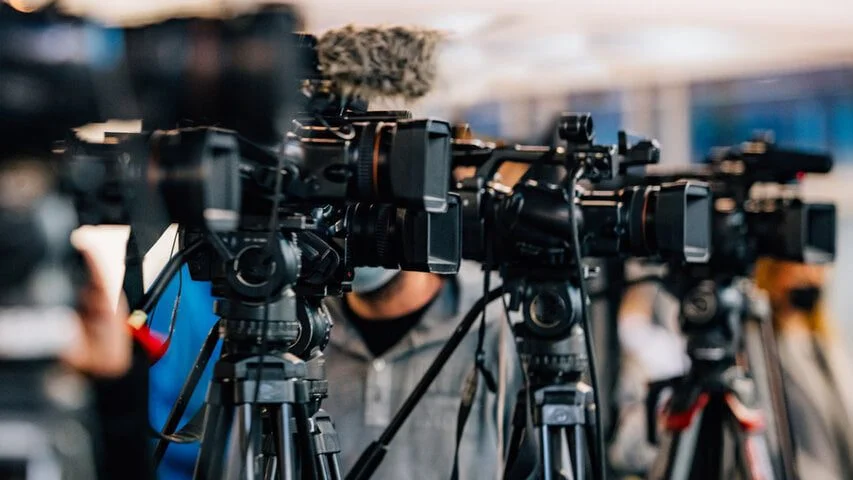You’ve memorised your lines. You’ve rehearsed your blocking. The lights are on, and the camera is rolling—but something’s missing.
Your delivery feels flat. The tears aren’t real. The audience doesn’t feel connected.
That “something” is emotional authenticity—the soul of truly powerful acting.
Acting isn’t about pretending. It’s about becoming.
And to become, you must feel.
Whether you’re on stage, in front of a camera, or at an audition, your ability to tap into real emotions is what transforms a good performance into an unforgettable one.
In this guide, you’ll learn practical, human techniques for accessing emotional truth and making your characters come alive.
🎯 1. Understand Your Character’s Emotional Map
Before you even begin acting, you must understand your character's emotional journey.
Ask yourself:
What does my character want (objective)?
What’s standing in their way (obstacle)?
What’s at stake emotionally?
🎭 Example: If your character is begging for forgiveness, don’t just memorise the lines. Ask:
Why do they need forgiveness?
What guilt are they carrying?
What happens if they aren’t forgiven?
🧠 The more specific your emotional map, the more truthful your delivery becomes.
🧠 2. Tap Into Emotional Memory (Safely)
One powerful tool actors use is emotional recall (also called affective memory).
This technique, popularised by Stanislavski and method actors, involves:
Recalling a personal memory that evokes a similar emotion
Using that emotional energy in your performance
🎬 Example: If your scene requires deep sadness, recall a real moment of heartbreak—not to recreate it, but to connect with the emotional truth of that moment.
⚠️ Important: Use this technique carefully. Don’t dig up trauma you’re not ready to process. Use memories that evoke emotion, but feel emotionally safe to revisit.
🧘 3. Stay Present in the Moment
The most powerful acting happens when you stop performing and start reacting.
That means:
Listening to your scene partner like it’s the first time
Responding with genuine emotion, not rehearsed reactions
Letting go of control and trusting the moment
🎤 Truthful acting is about reacting honestly under imaginary circumstances.
Practice “active listening” during rehearsals:
React to tone, pauses, and facial expressions—not just words
Let each performance feel fresh, even if the script is the same
💬 4. Use the “What If” Tool
If emotional memory isn’t working or isn’t appropriate, try the “magic if” technique.
Ask yourself:
“What if this were really happening to me?”
What if:
I really lost the love of my life?
I really had to break the bad news to my parents?
I really had just 24 hours to live?
💡 This technique bridges imagination with empathy—and can unlock visceral, authentic emotion.
🧩 5. Connect Emotion to Physicality
Emotions live in the body as much as the mind.
Sadness might make your shoulders drop
Rage could tighten your fists and jaw
Joy might make your eyes widen and your chest expand
🎭 Use physical exercises to explore how emotions manifest:
Mirror work: Act out an emotion silently in front of a mirror
Animal work: Explore how different creatures move, breathe, and respond emotionally
Alexander Technique or Laban movement to unlock tension and improve body awareness
🧍♂️ The more emotionally in-tune your body is, the more believable your performance becomes.
🎙️ 6. Practice Emotional Range in Safe Spaces
You can’t expect to master emotional authenticity in one take. Like any muscle, it needs training.
Exercises to Build Emotional Access:
Free-writing Journals – Respond as your character in emotional scenarios
Improvisation – React in the moment to unplanned emotional triggers
Mirror Monologues – Speak a dramatic monologue while watching your own expression
Emotion Ladder – Act out levels of an emotion (from slight irritation to full rage)
🎭 Repetition in a safe space builds emotional fluency so that accessing anger, grief, or joy becomes second nature.
🛠️ 7. Use Breath as Your Anchor
Breath is directly linked to emotion.
Think about how we breathe:
When we’re anxious, shallow and fast
When we’re relaxed, slow and deep
When we’re panicking, we might hold our breath
In acting, breath can help you access or shift emotion quickly.
🧘 Try this:
Inhale for 4 seconds
Hold for 4 seconds
Exhale for 6 seconds
This simple breathing technique can calm nerves, ground your body, and prepare you to fully embody the emotion of a scene.
🧠 8. Let Go of the Need to “Look Good”
Here’s a harsh truth: Authenticity often isn’t pretty.
Real emotion can be messy. You might:
Cry “ugly”
Tremble
Stumble over words
Look vulnerable or raw
And that’s exactly what makes it powerful.
🎭 Let go of ego. Let go of performance. Let go of control.
The audience doesn’t want perfection. They want the truth.
Vulnerability is your greatest superpower on stage or screen.
✅ Final Thoughts: Acting Is Living Truthfully
Emotional authenticity isn’t about faking it—it’s about feeling it.
You don’t have to force tears. You don’t have to break down in every scene.
You simply need to:
Understand your character’s emotional reality
Access your own truth (safely and intentionally)
Stay present and reactive
Practice until it becomes instinctual
When you act from a place of emotional truth, something magical happens:
The audience stops seeing “an actor” and starts seeing a human being.
And that’s when performance becomes powerful, unforgettable art.
📌 Related Posts
“5 Improv Drills to Ace Acting Auditions with Confidence”
“Developing a Magnetic Stage Presence for Any Performance”
“Using Improvisation to Build Confidence in Live Performances”













Recent Comments
No comments yet.